this is the test for equation differential using runge-kutta45: f(x,y)= (-5*x - y/5)^1/8 + 10
why the numerical result is different? I used :
function Rk_JL()
f(x,y)= (-5*x - y/5)^1/8 + 10
tspan = 0:0.001:n
y0 = [0.0, 1.0]
return ODE.ode45(f, y0,tspan);
end
and
function [X1,Y1] = RK_M()
f = @(x,y) (-5*x - y/5)^1/8 + 10;
tspan = 0:0.001:n;
y0 = 1
[X1,Y1]= ode45(f,tspan,1);
end
